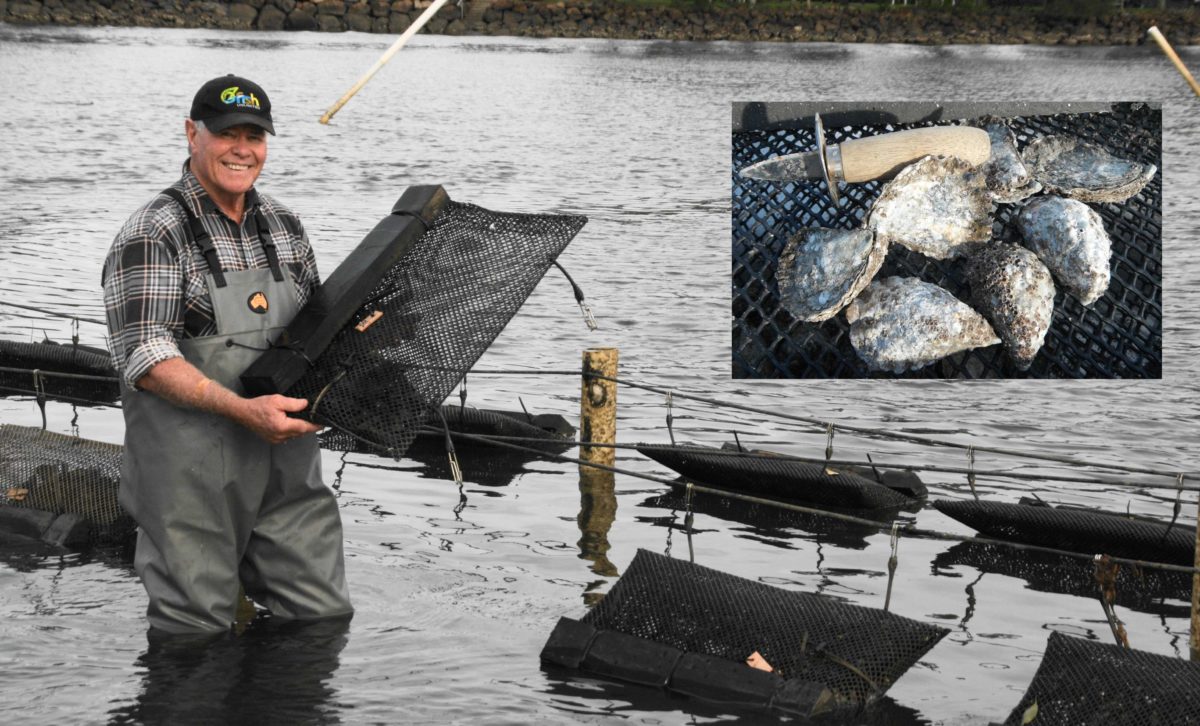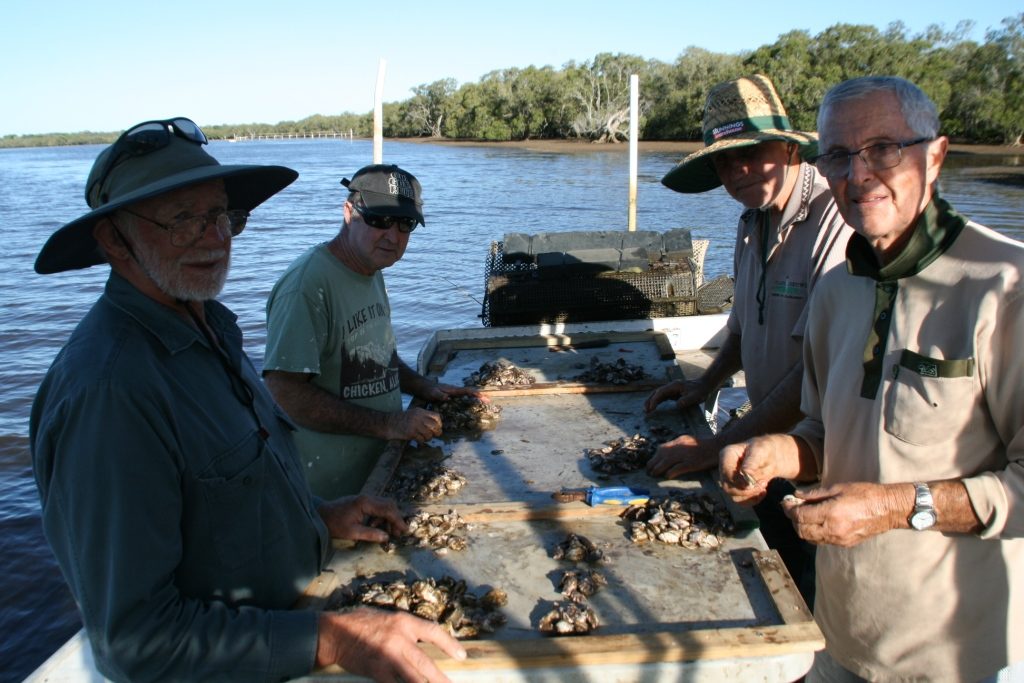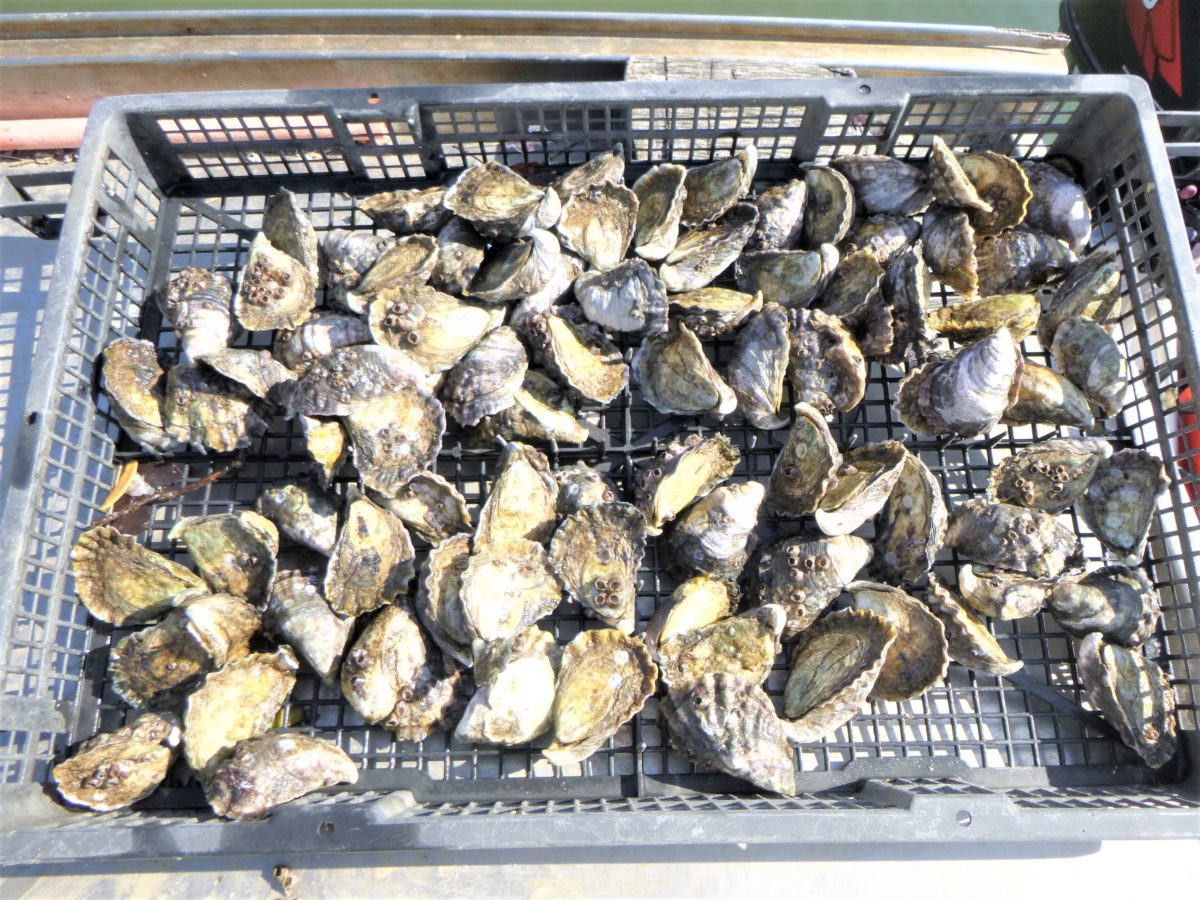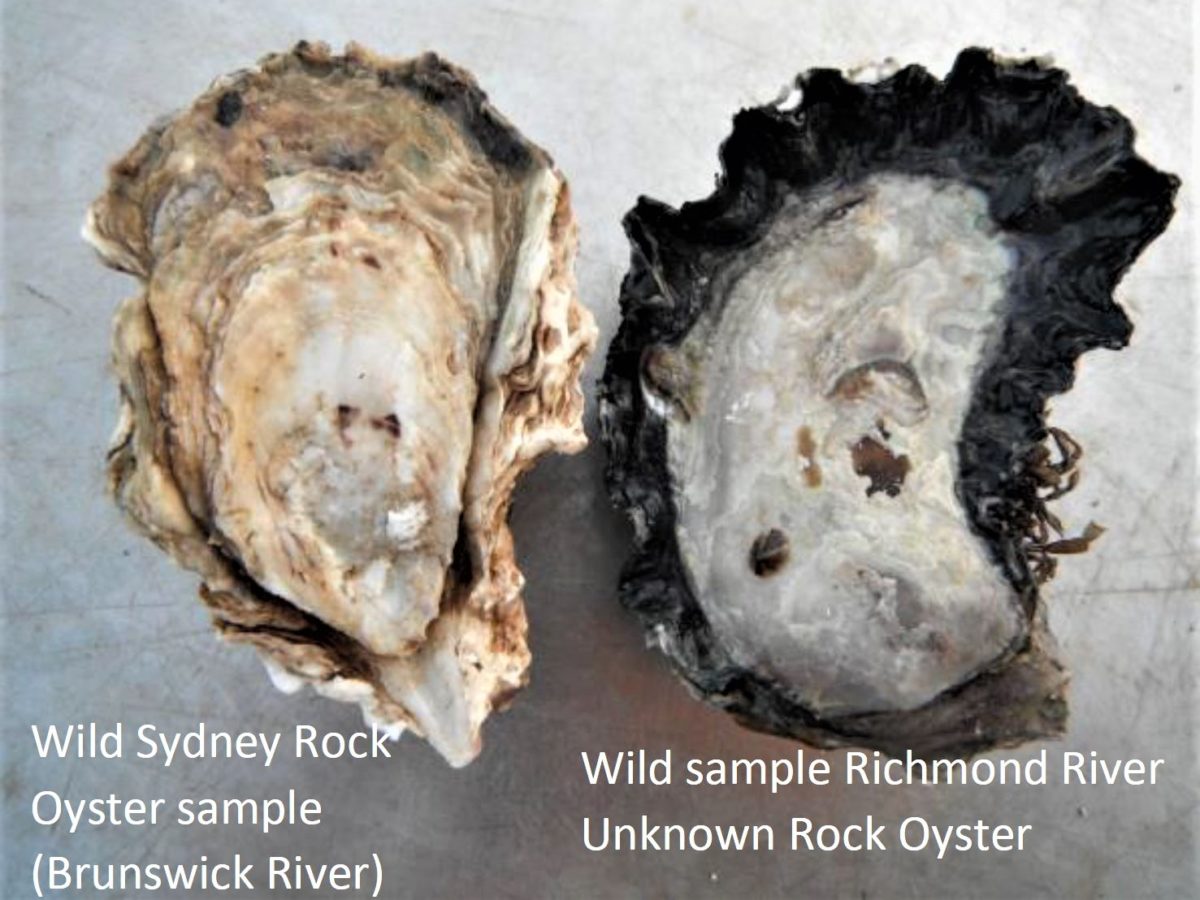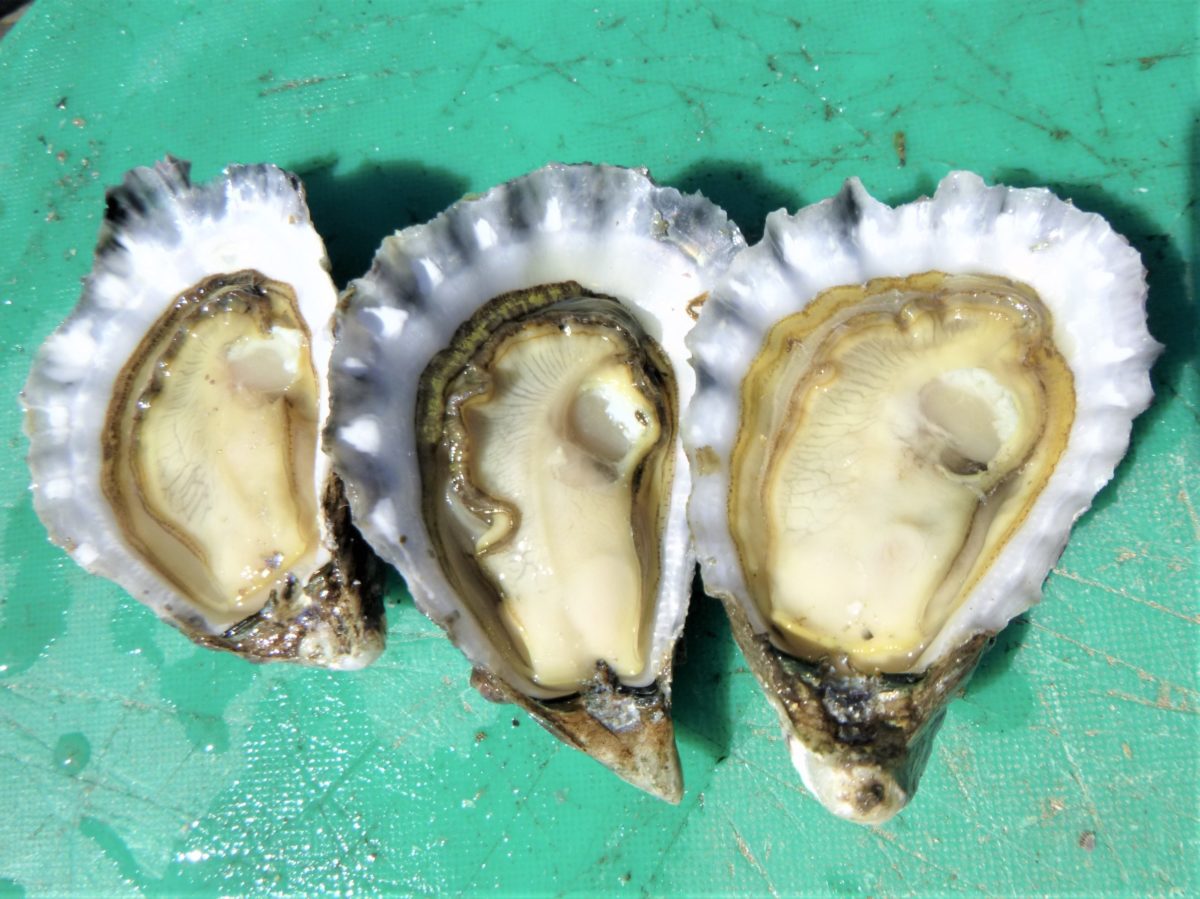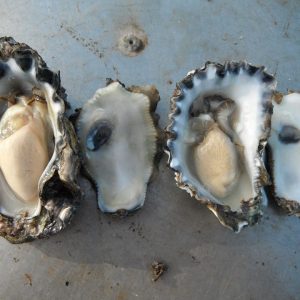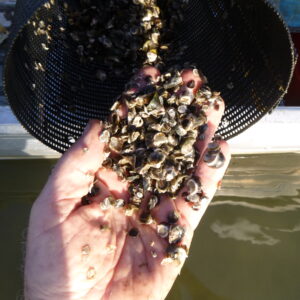APRIL 2020 | New Oyster variety potential game changer
For the past several years, committed recreational fishers from OzFish Unlimited’s Richmond River Chapter, have been working with scientists from the NSW Government and Universities to bring back shellfish to the Richmond River. The research, underway since 2016, has identified Rock Oysters that are thriving within the Richmond estuary and showing resistance to a fatal oyster disease that could be the breakthrough oyster farmers and the river desperately need.zFish volunteers have put in hundreds of hours monitoring oysters with the support of NSW Department of Primary Industry – Fisheries, Southern Cross, Macquarie and Griffith Universities. Shellfish reefs are one of Australia’s most critically endangered marine ecosystems. Natural wild shellfish reefs in the Richmond have sadly disappeared over the past five decades, along with a once thriving oyster industry.

